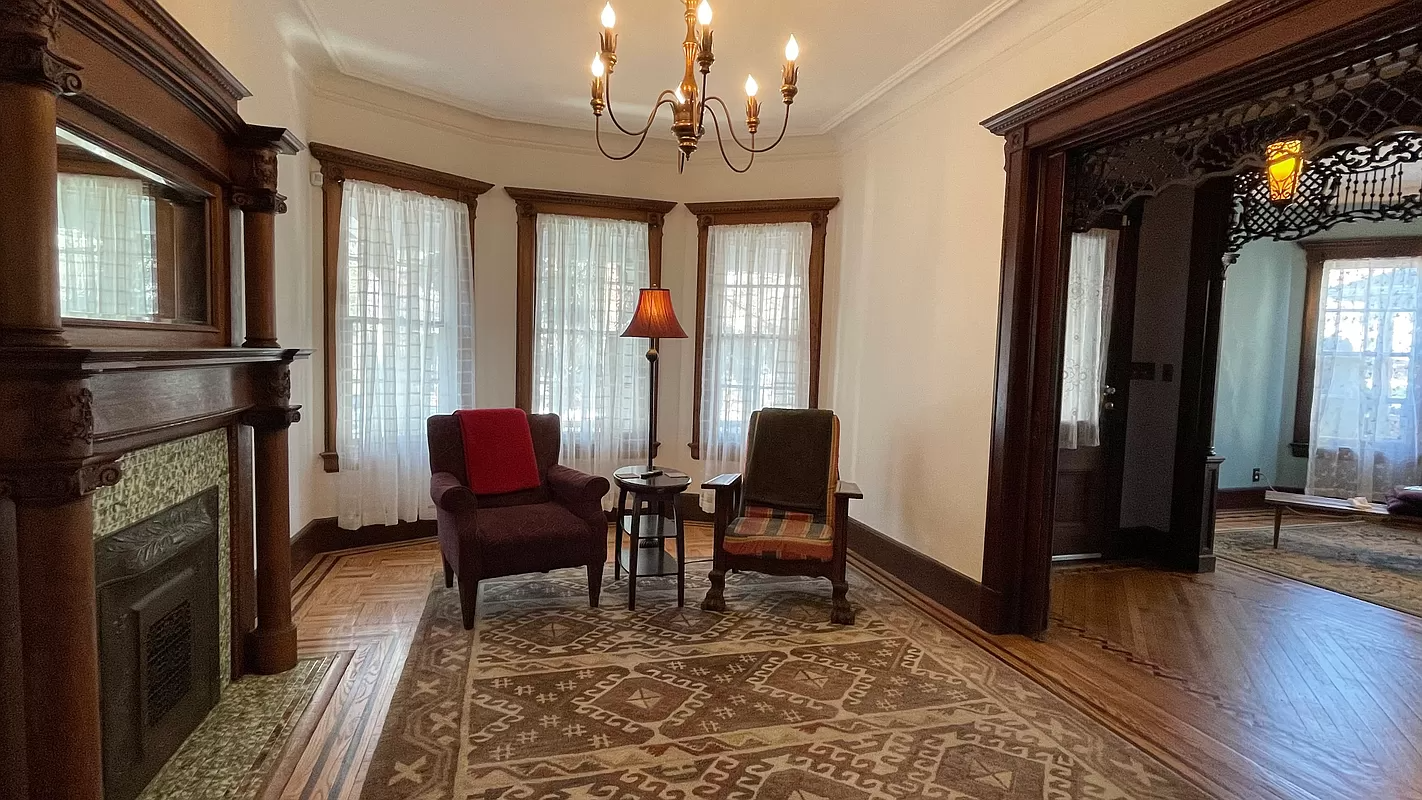Building of the Day: 2101 Church Avenue
Brooklyn, one building at a time. Address: Former RKO Kenmore Theater, now Modell’s Sporting Goods Store Cross Streets: Flatbush Avenue and East 21st Street Neighborhood: Flatbush Year Built: 1928 Architectural Style: Colonial Revival Architect: Eugene DeRosa, with murals by Willy Pogany Other Buildings by Architect: Times Square Theater, Broadway Theater, 8th Street Theater Landmarked: No…

Brooklyn, one building at a time.
Address: Former RKO Kenmore Theater, now Modell’s Sporting Goods Store
Cross Streets: Flatbush Avenue and East 21st Street
Neighborhood: Flatbush
Year Built: 1928
Architectural Style: Colonial Revival
Architect: Eugene DeRosa, with murals by Willy Pogany
Other Buildings by Architect: Times Square Theater, Broadway Theater, 8th Street Theater
Landmarked: No
The story: Brooklyn was once a city of theaters. In 1928, the Keith-Albee Kenmore Theater opened here, with a seating capacity of 2,420 people. The Kenmore was a vaudeville house, with the seating designed so that the audience was close to the stage. There were dressing rooms for the performers backstage and in the basement, and there was an orchestra pit and a huge Wurlitzer theater pipe organ. The theater was designed by Italian-born architect Eugene DeRosa, who designed over thirty major theaters in the New York City area. Among his finest were the Time Square Theater, now a church, and the Broadway Theater, for a long time, home to Les Miz. He also designed the now gone 8th Street Theater, forever famous as home to the Rocky Horror Show.
The theater was designed in what was described as the “Adams” manner, a reference to the more classical, restrained Colonial Revival style of architecture, as opposed to the flamboyant and fantastically ornate Baroque movie palaces like the Loews Kings Theater, just down the street. The Kenmore, as well as some of DeRosa’s other theaters, had a huge 60’ domed ceiling, with Federal detailing. It also boasted large wall murals by Willy Pogany, one of the 20th century’s best illustrators. This Hungarian-born artist was responsible for the fine illustrations gracing a vast library of children’s books, and his most celebrated books are illustrated volumes of myths and legends, rendered in the Art Nouveau style. He was also a set designer for the theater, and painted murals in public buildings and theaters. His work can be found Manhattan’s Beacon Theater, among other places, and his illustrated books are collector’s item.
The Kenmore was originally owned by the Tilyou family, who also owned the nearby Tilyou Theater, which DeRosa also designed, and most importantly, Steeplechase Park, in Coney Island. They soon sold the theater to the B.F. Keith Circuit, which booked vaudeville acts. In 1932, the house became the RKO Keith’s, and was converted to a single screen movie theater, where it competed with the Loews Kings Theater for years, showing first run movies. By 1988, the theater was running on hard times, and the neighborhood was getting rougher every day. It was sold to the Cineplex Odeon chain, who divided it up into a four-plex. Unfortunately, the theater was in the middle of gang territory, and was soon one of the worst theaters in Brooklyn. In 1999, a shooting happened between gang members at a screening of The Life, and one person was killed and two others wounded.
The theater, which was only limping along by that time, was closed permanently, sold, and three years later, was gutted for the Modell’s. It is not known if the Pogany murals, which may have been on canvas, not painted on the walls, were saved, but most theater buffs don’t think so. From eye witness accounts, they were removed or painted over when the theater was divided into quads in ‘88. They would be extremely valuable today, as well as the only remaining remnant of what was once one of Brooklyn’s most elegant theaters. GMAP












What's Your Take? Leave a Comment